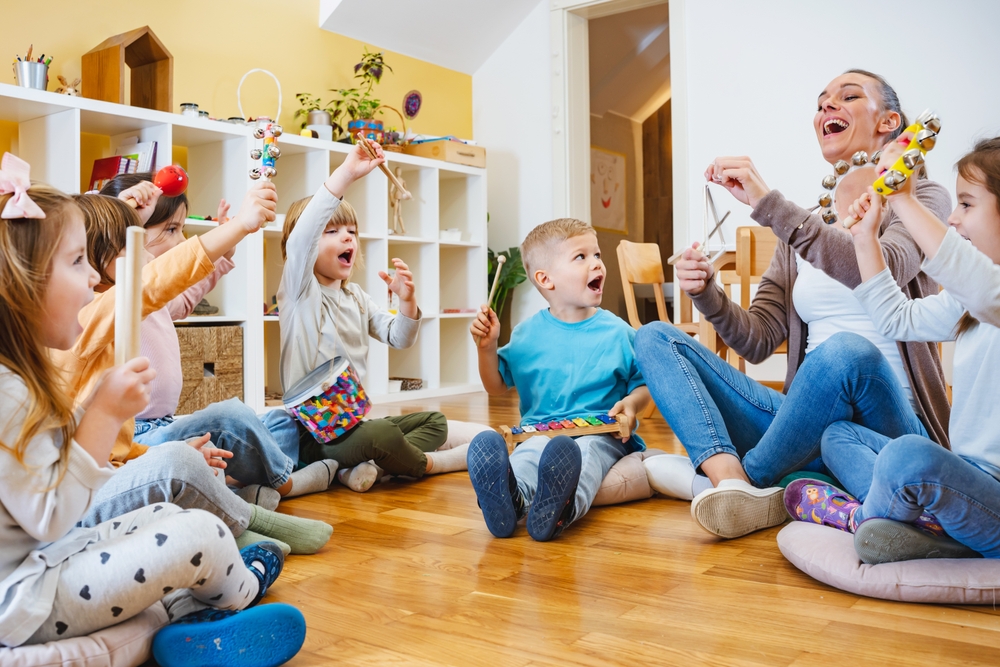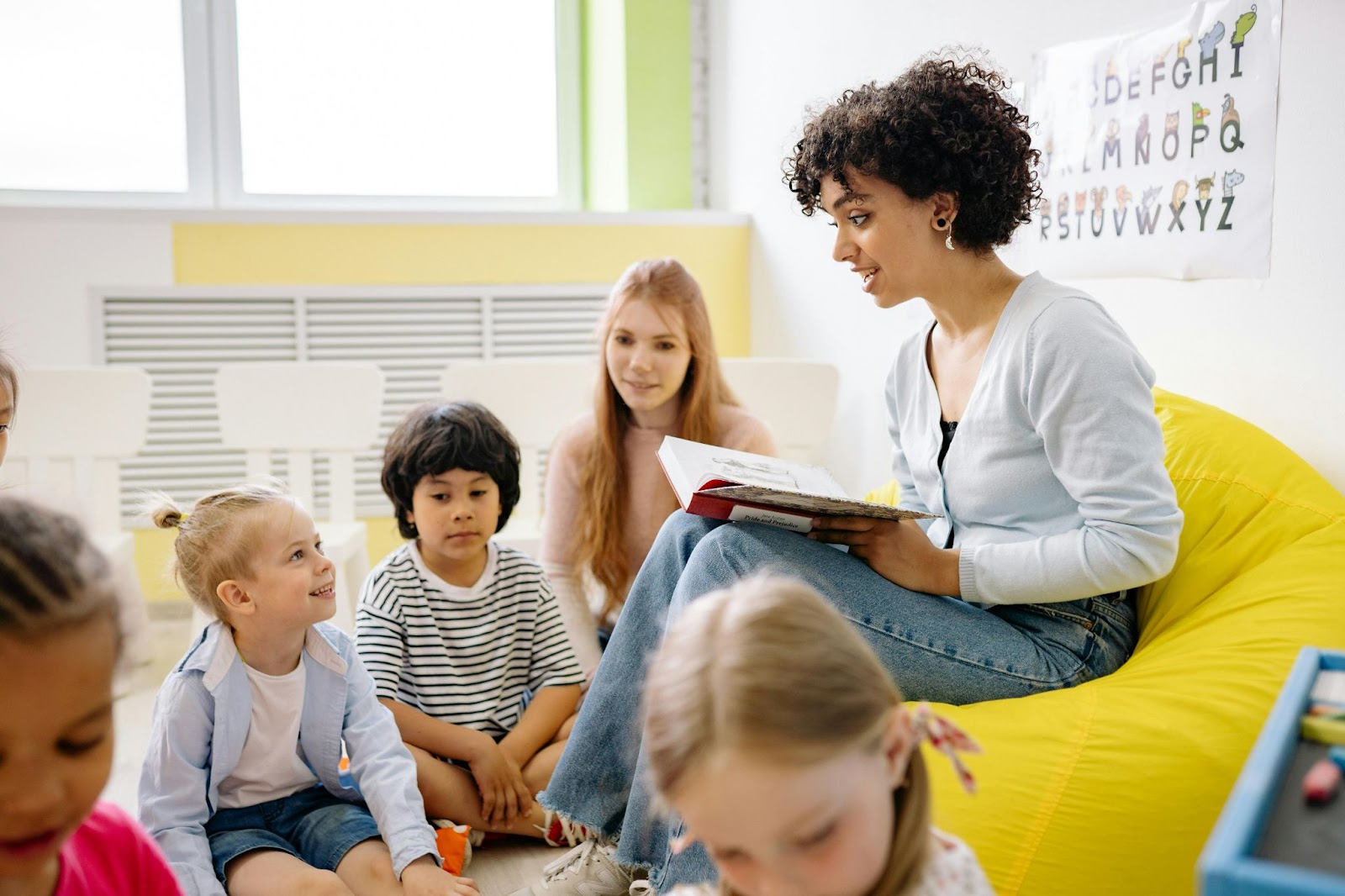
The first day of school marks the beginning of a new journey, one that’s often filled with a mix of excitement and nervousness. For young learners especially, the first day can feel like a rollercoaster of emotions. They’re stepping into an unfamiliar environment, meeting new faces, and embarking on an educational adventure that will shape their future.
Emotional Resonance: Empathizing with the First Day Jitters
It’s crucial to recognize that for children, the thrill of making new friends and exploring new subjects is often intertwined with the anxiety of leaving the comfort of home and the fear of the unknown. This emotional duality is a natural part of the transition and can lead to a range of behaviors, from clinginess to exuberant overactivity.
Teachers play a pivotal role in this emotional journey. By creating a warm and welcoming atmosphere, educators can mitigate feelings of anxiety and help students feel secure and valued. It’s about making the classroom a safe haven where curiosity is nurtured and new challenges are approached with support and encouragement.
Setting the Tone for the First Day of School
The emotional atmosphere of a classroom on the first day of school is not merely a backdrop for the day’s activities; establishing a happy and welcoming atmosphere is essential:
It Sets the Emotional Tone: The initial classroom experience can leave lasting impressions on young minds. Ensuring that this impression is one of joy, acceptance, and enthusiasm encourages a positive relationship with the learning environment from the outset.
It Alleviates Anxiety: Many students, regardless of age, contend with first-day nerves. A warm welcome can act as a calming agent, easing the tension and fostering a sense of security and comfort.
It Enhances Engagement: When students feel at home in their new classroom, they are more inclined to participate actively, be it in discussions, activities, or in expressing their creativity.
It Builds Trust: A teacher’s ability to create a nurturing environment is the first step in building a trusting relationship with their pupils, which is crucial for effective teaching and learning.
It Encourages Retention: Happy students are more likely to look forward to coming to school each day, thus improving attendance and reducing dropout rates.
First Day of School Activities
Starting the first day with engaging welcome rituals can significantly ease preschoolers into their new environment. Teachers might begin with a special song that celebrates the start of school, using simple, repetitive lyrics that the children can quickly learn and sing along. This not only creates a shared experience but also initiates language development and memory skills.
Circle Time Songs and Greetings (for Preschool and Kindergarten)
Circle time offers a structured yet flexible way to start the day with songs and greetings that build community. By incorporating a routine where each child is greeted with a song that includes their name or a favorite activity, educators create an inclusive and warm classroom atmosphere. Such activities not only facilitate social engagement but also enhance children’s listening and speaking abilities.
First Day Photo Booth with Props
Setting up a photo booth with colorful props and a backdrop can be a delightful way for children to commemorate their first day. Teachers can provide hats, glasses, and signs that the children can hold, which makes for an interactive and fun activity. The photos can then be displayed on a “First Day Fun” bulletin board, creating a sense of belonging and a tangible memory for both children and parents.
Creative Classroom Introductions
It’s essential to introduce the classroom space in a manner that captivates the young learners’ imaginations. Teachers can create a narrative around the classroom, where each area has its own ‘story.’ For instance, the reading corner could be described as a ‘magical forest of stories.’ These creative tales about different parts of the classroom help children to associate areas of learning with excitement and wonder.
Interactive Storybooks
Interactive digital storybooks have become an invaluable tool for engaging preschoolers with reading. Teachers might discuss a particular app where animated stories come to life, drawing the children into a world of imagination and learning. Interactive storybooks often include touch, sound, and even voice recording features that enhance the storytelling experience. By mentioning a specific reading app, teachers can guide parents on how to continue the learning journey at home.
Classroom Scavenger Hunt to Explore the Environment
A classroom scavenger hunt is an excellent activity for young learners to become familiar with their new surroundings. Organizing a hunt with simple clues that lead to various key areas in the classroom not only sparks excitement but also helps students understand the layout and purpose of different zones. Whether it’s finding a hidden treasure in the craft area or discovering a secret message in the book nook, this activity promotes exploration and cognitive skills.
Group Read-Aloud Sessions
Set up the reading space with comfortable seating arrangements that encourage closeness and a sense of community. Decorate the area with vibrant, literacy-themed decor to captivate the children’s attention and interest. Select books that are age-appropriate and relatable to the experiences of young children, such as stories about starting school or making friends. This helps to reassure students that their feelings are understood and shared by others. Use animated voices and expressions to bring the story and its characters to life. This not only makes the reading more enjoyable but also aids in comprehension and retention of the story’s messages.

Interactive Reading Games
Digital Word Puzzles: Online platforms can offer a variety of word puzzles that adapt to each child’s reading level. These puzzles may include word searches, crosswords, or jumbled letters that challenge students to recognize and spell words correctly.
Story Sequencing Challenges: Games that ask children to arrange sentences or pictures in the correct sequence to tell a story help them understand the flow of narratives and enhance their comprehension skills.
Phonics Fun: Phonics-based games that focus on sound-letter associations can be particularly beneficial for first graders. Activities might include matching sounds to letters, blending sounds to create words, or segmenting words into individual sounds.
Themed Learning Centers
Create distinct areas in the classroom where students can delve into subject-specific tasks. Themes can range from ‘Pirate Math Treasure Hunt’ to ‘Space Odyssey Reading’, where educational content is cleverly disguised within an exciting narrative. This not only makes learning fun but also helps students make connections between different subjects and the real world.
Science Discovery Corners
Set up a science corner where students can conduct simple, supervised experiments or observe demonstrations that spark their curiosity about the natural world. Activities could include creating a baking soda and vinegar volcano, using a magnifying glass to examine different textures, or exploring the properties of magnets. These hands-on experiences are invaluable for deepening scientific understanding and inquiry skills.
Use Reading Apps for Quiet Time
Allow kids to use a reading app when it’s time to be quiet and internalize. With Readability, every child can pick books that are suited to their reading level. If they are not yet reading, they can use the Storytime feature and the app reads to them.
Learning to read and strengthening their reading skills is one of the most important academic goals, and educators should set the tone from day one.
Start your free trial and start the new school year by setting the tone for an academic year of growth.

 Español
Español